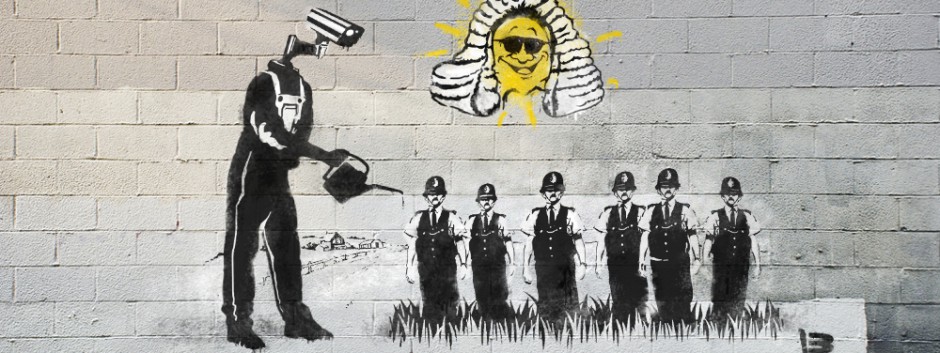“Literacy put true/false into a machine and gifted it to electracy, to be applied in emergent ways, just as orality put speech into writing and gifted it to literacy. The object of electracy is das Dings, to use Freud’s term, naming object relations (it is a relation, not a substance)”.
- In this era of electracy, is it possible to create real genuine connections?
- Are we liking each other based on aesthetics?
- The information we are obtaining from electracy, how accurate is it?
- Is electracy the new of living life? Is it damaging us in the long term or does innovation bring greatness to our lives?
- What comes after electracy?
- How long electracy era going to last?
- Is the era of electracy destroying our self-esteem?
Lately, I have been self-reflecting and trying to uncover the consequences of electracy on us. Everything has become digital nowadays from education to dating. Sometimes, I wonder if we are creating authentic connections with each other nowadays or if everything is just an illusion of the knowledge we get from the internet. I also think those questions come to me because I have just entered my early 20s and know little about the world and its functioning. I am slowly learning and gaining knowledge.
Throughout the article, the author Alexis C. Madrigal explains culture jamming and the primary purpose of culture jammers. So culture jamming aims to disrupt consumers’ culture by altering corporate advertising with provocative messages. For example, culture jammers take certain ads and transform them into something new and creative such as sweatshops for Nike’s logo. Culture jammers also use the power of brands against themselves. Additionally, “culture jammers capitalized on the widespread feeling of many Americans and left that companies had too much power and that one very powerful expression of that power was advertising”. Cooperation uses the method of advertising to target people regularly. Besides that, the advertiser makes tons of dollars of advisement. They are not only charged by how many people see the ad, but by how many people click on the ads. Which is an enormous amount of money.
I approve of the message Madrigal is trying to send out. I believe we are regularly being targeted by advertisements and pursuing things that may not make any difference in our lives but lead to the deterioration of our capital. Also, advertisements and images take a huge toll on our self-esteem. Our brain functions to see certain types of bodies as ideal body types and if we don’t go after that type of body, we are not considered “good-looking” in society. Which can be very dangerous for teenagers who are unaware of Photoshop or other circumstances that come with a certain look. Often, advertising related to the body and looks can lead to body shaming, insecurities, and eating disorders. Therefore, I stand with the culture jammers and the work they are doing to bring changes to society.
The title “It’s okay to not be okay” was drawn to me because I watched a show called it’s okay not be okay a while ago which was associated with mental health awareness. I am also a human services student who continuously advocates for mental health. I come from a background where the topic of mental health seems to be taboo or people who struggle with mental health are seen as “crazy” or less than others. So as a human service professional, I hope to bring changes to my community and spread awareness of mental health services.
This image is very personal. I also think others may relate to the topic that I will discuss throughout the paragraph. So, I am trying to articulate the trauma that comes with fast food experience. When I was 16 years old, I worked at Burger King for a year. I experienced many traumatic events there which I believe have shaped my personality for the better. Now I am being able to reflect on the experience and differentiate how capitalism had taken advantage of my 16-year-old self. I am also aware of other teenagers who are also being taken advantage of by capitalism. So, my primary goal is to advocate for teenagers who are victims of toxic work environments.






Image #1:
-I like the awareness date shown at the bottom for Mental health but it should be known that it is every year on October 10.
-The black color words are not very noticeable. Maybe the background color can change to make it work.
-Including a stronger image that revolves around mental health.
Image #2:
-I like the words used in the pictures that depict the negatives.
-I feel the placement of the words do not fit to get the message across.
-Moving the words to make them more noticeable instead of being with the burger. People will fight with there eyes to either the words or the burger and in this day and age, imagery wins.
-Changing the burger into a burger king work environment could help show more awareness.
The first image is supposed to be the culture jam. The second is supposed to be the creative project. Maybe you have these reversed?
I’d like for you to clarify which is which. There’s a lot to be done with poster image. The message that you are sending is not clear. Who do you see as your audience in particular? Spend a little more time thinking about what you want to say and how you want to say it.
I get what you are trying to do with the burger. The explanation that you had about corporate culture damaging teenagers is a good one. Can you work that message into the image?